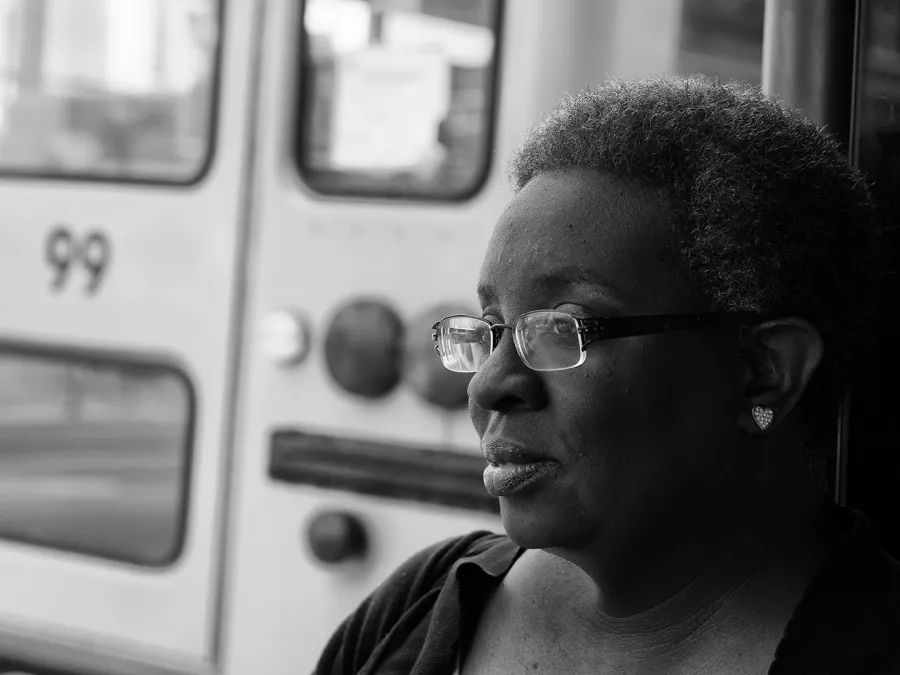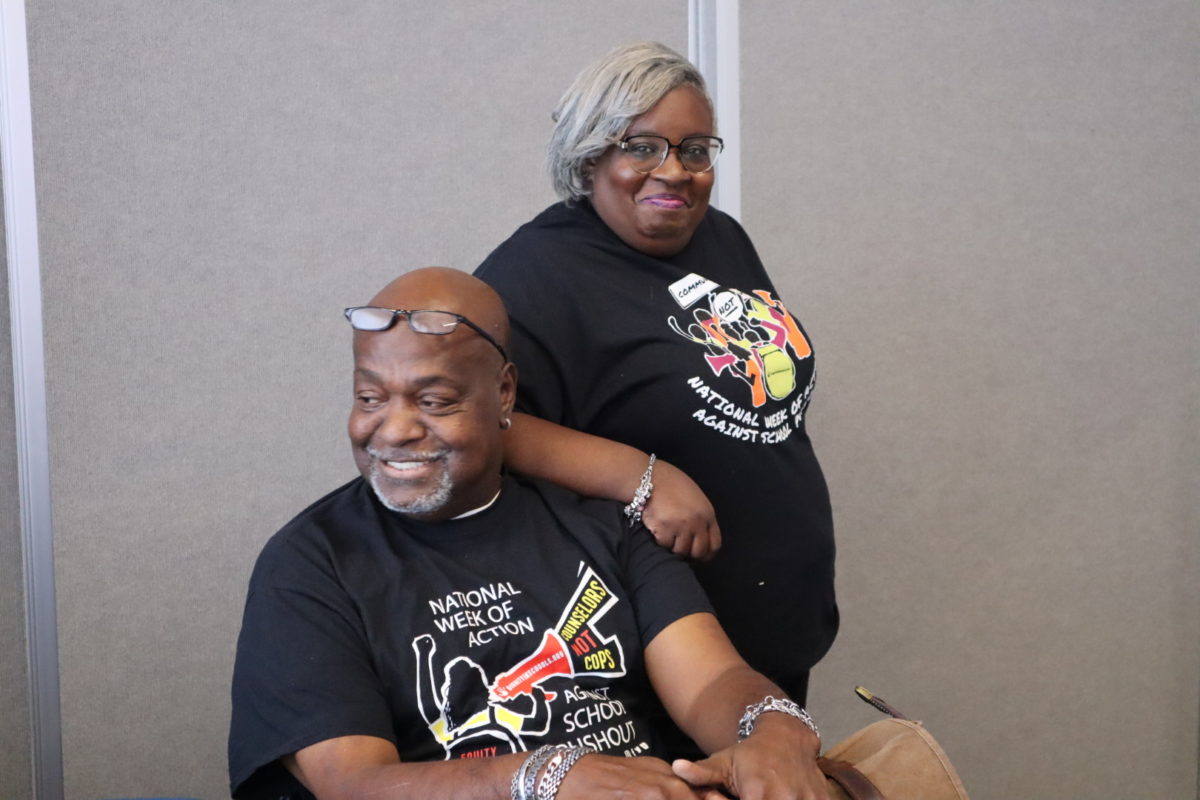Karen Lynn Morton

I knew my life would be spent advocating and training people in the philosophy and practices of restorative justice.
Karen Lynn Morton is Co-Chair Emeritus of POWER-PAC IL and the Coordinator of the Austin Peace Center, a restorative justice pilot project that previously operated at seven Chicago public schools. A mother of one who also helped raise her nephews, she comes from a long line of advocates for social justice. Lynn is proud to be a parent leader and church activist.

Recently, as an active member of the Elementary Justice Campaign, she has spoken to the media about the importance of Chicago Public Schools transparency about police in schools and trained fellow parents on important changes in the CPS Student Code of Conduct. She continues to be an outspoken opponent of the use of School Resource Officers (police) in schools as agents of discipline and providing socio-emotional resources to support teachers and administrators without criminalizing young students of color.
In her own words, Lynn shares the compelling story of how she found her voice and ending the school-to-prison pipeline became her calling:
Transcription
“The Day it All Changed”
It was 2003. My house had gone from a calm early morning routine with my son and I to all-out chaos. See, I had taken two of my nephews into my home and we were not transitioning well. Every morning was a battle against the clock.
One such morning I came out of my bedroom to see if the boys were getting dressed, and I found my 10-year-old nephew sitting on the bed doing nothing.
I asked him, “Why aren’t you getting dressed?”
He said, “Oh Auntie, I’m not going to school today, they told me don’t come.”
“Why?” I said. “Where’s the paperwork?”
He hunched his shoulders and said, “I don’t know.”
I said, “Well, I don’t know either.”
After all of the repetitive detentions and suspensions, I was tired. I knew something had to change. I walked into the school and said, “No paperwork, no suspension.”
After I left the school, without receiving any help, I had a conversation with my mother. My mother had always participated in school and community meetings.
I affectionately call my mother “Malcolm” and my dad “Martin” because of their different styles.
After my rant my mother asked me one question: “What are you going to do?”
With wide, teary eyes I responded, “What can I do?”
She said, “Fight!”
After that, I went to every parent meeting. I read every school document on discipline, and I began to fight.
With the help of an organization called COFI, my inner leader and advocate had begun to emerge. Partnered with my fellow COFI mothers, we collectively said suspensions were not the answer.
And we founded POWER-PAC.
We looked all over the country to see what other cities and school districts were doing to help combat harsh school discipline and the growing school-to-prison pipeline.
We found a philosophy called restorative justice. We decided to take a trip Minnesota to see
it for ourselves.
As I came into the school (in Minneapolis), I felt a calmness that I had never felt in a school building. One of the five-year-old kindergarteners led me to circle by saying, “No one sits outside the circle, we are all here together.” I was immediately struck by the sincerity and welcoming of the children. This continued all day as we went from the middle school to the high school.
I was seeing and feeling something so deep within me. This process, this circle felt so familiar
to me. I was seeing, feeling, and hearing past my ears and eyes. This struck me to the core of my being.
I knew this would work in Chicago. I knew because I realized that this is what I grew up being a part of. My paternal grandfather in Sprotts, Alabama, sat us in circle and told us stories and shared our family history. My maternal grandmother on the West Side of Chicago would do the same thing.
They didn’t have the language of restorative justice, or peace circles, or talking circles—
all they had was “this is how we live and connect with each other.”
That day when I sat in circle was the day that it all changed. I knew my life would be spent advocating and training people in the philosophy and practices of restorative justice.


 COFI
COFI